Everything You Need to Know About Your Cruise to Alaska
Few places on Earth capture the human imagination like Alaska, the “Great Land” — a nickname that fits in every way. The vacation cruise industry had its beginnings here in the late 19th century, and it rightfully remains one of the top voyage destinations in the world. It is unrivaled.
What’s it like to visit Alaska?
Alaska boasts towering mountains; glistening seas; charismatic animals; brawny wild rivers and the glaciers that feed them; deep history coupled with still-thriving indigenous cultures; seafood that’s arguably the best in the world; and a unique 21st-century lifestyle that runs the gamut from freezers full of wild game to the enthusiastic embrace of modern technology. Many modern Alaskans used the internet before they ever tasted beef.
“We’ve survived thousands of years in the harshest environment on Earth,” says Inupiaq performance artist Aku-Matu (Allison Warden). “That requires some pretty sophisticated technology, and we’re still at it.”

Who should visit Alaska?
Travelers who choose thoughtfully and come to Alaska with open hearts and steady eyes — exactly the travelers for whom Silversea designs its journeys. It’s a blend of luxury with discernment, especially in shore excursions, so guests can explore as much of the real Alaska in a brief time. Will you see bears, glaciers, whales, eagles, and more? Absolutely. Witness indigenous chants and dances centuries old? Totally. Savor Alaskan seafood that may be the best on the planet? Definitely.
More important, you’ll learn how and why Alaska holds all these wonders still. The state guards its wild seafood zealously, perhaps better than any other place on Earth — especially its famous salmon and crab. Alaska Native culture is both an authentic and a powerful economic force in the Great Land, a nickname derived from the Aleut word alyeska, describing the mainland of Alaska.
Tourism is an economic mainstay (one in 10 jobs), and the experiences available to visitors are thus so diverse that Silversea can provide distinctive selections not found on bigger cruise vessels. Silversea also visits smaller ports such as Haines, Wrangell and Valdez not always found on big-ship itineraries.
Which ships travel to Alaska?
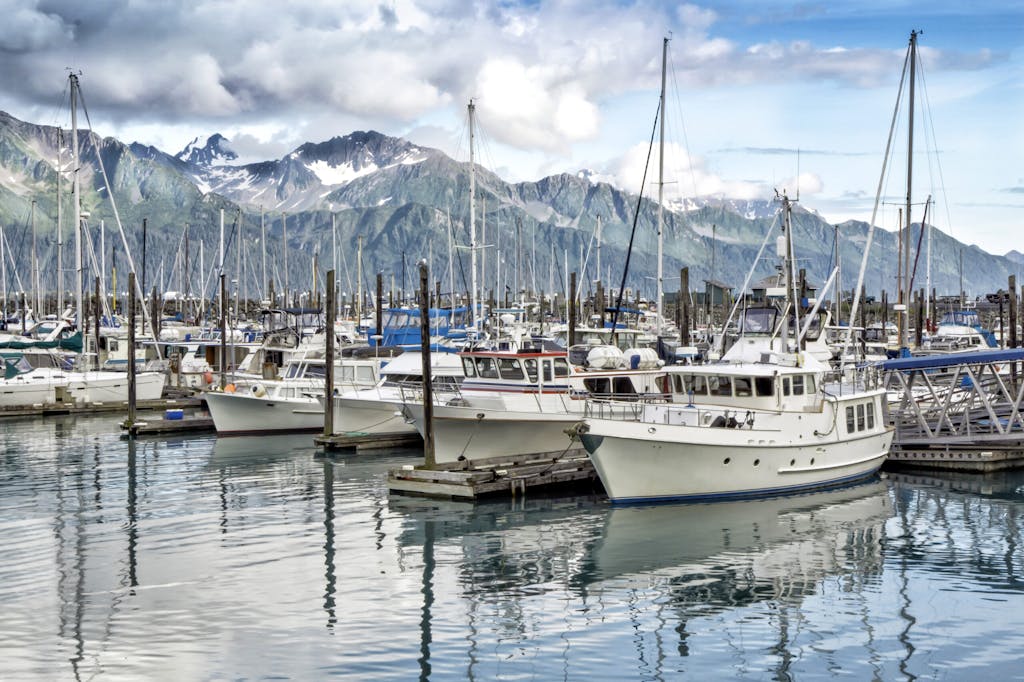
Silver Whisper and Silver Muse are classic ships holding, respectively, 392 and 596 guests. Silver Wind is a specially outfitted expedition vessel that sails the Bering Sea in September, carrying 274 guests. In 2026, the 596-passenger Silver Moon will replace the Muse in the New Summer Collection of Voyages.
Most Alaska journeys sail between Seward and Vancouver, Canada, comprising seven days one way or 14 days round trip.
What should I pack for Alaska? What’s the weather like?
Alaska weather is famously temperamental but widely misunderstood. Skeptics derided it as a “frozen wasteland”when the U.S. bought it in 1867, but it is anything but that. The generally accepted record high temperature is 100 (in Fort Yukon, above the Arctic Circle, in 1919) but visitors will mostly experience moderate daytime highs, cool evenings, showers and sun. As an excursion guide in Juneau puts it, the all-purpose summer travel forecast is 67 degrees, partly sunny, chance of showers.

By all means bring rain gear, sweaters and fleece and shorts, sun dresses, sunglasses and, for the truly adventurous, swimsuits (more on that below). True foul-weather expedition clothing will be provided by excursion operators for those heading out to see, for example, walruses in the Bering Sea.
How about some Alaska photo tips?
If you’re filming in Alaska, tune into these photo tips from top professionals. You’ll find tips on gear as well as how to capture it. But don’t overlook the small things that can really pop with macro photography in Alaska.
Is Alaska really that big?
Alaska has 34,000 miles of ocean shoreline, more than the 49 other states combined. It has 3 million lakes, 3,000 rivers, thousands of glaciers and a half-dozen massive icefields.
At 570,000 square miles, it is by far the biggest state, bigger than Texas, California and Montana combined; and bigger than every European country except Russia. If you superimpose a map of Alaska on the Lower 48, the tip of the Aleutian Islands would be on the California coast, Ketchikan would be on the coast of Georgia and Utqiagvik (Barrow) would be in northern Minnesota.
A popular joke points out that, if you cut Alaska in half, each half would still be bigger than Texas.
But how do I get closer to this behemoth? Is there a best way?
There are numerous ways to see Alaska that give you both broad and narrow views. The deck of your ship may give you a perspective on its size and variety of its terrain, and, if you’re lucky, some of its wildlife, including bald eagles and numerous varieties of whales. Small boat excursions also give you closeups.
You also can learn a great deal about its geography by looking down from above by flightseeing in a small plane or a helicopter. Try dog sledding or glacier-hiking to get a narrower view of the beauty of the 49th state.
How many people?
More than 730,000, of whom up to 100,000 are Alaska Native. A little less than half the state’s people live in the Anchorage region. By comparison, there are 900,000 caribou, 200,000 moose and 135,000 bears.
Discover different Alaska flightseeing tours around Anchorage.
How big is Denali Park?
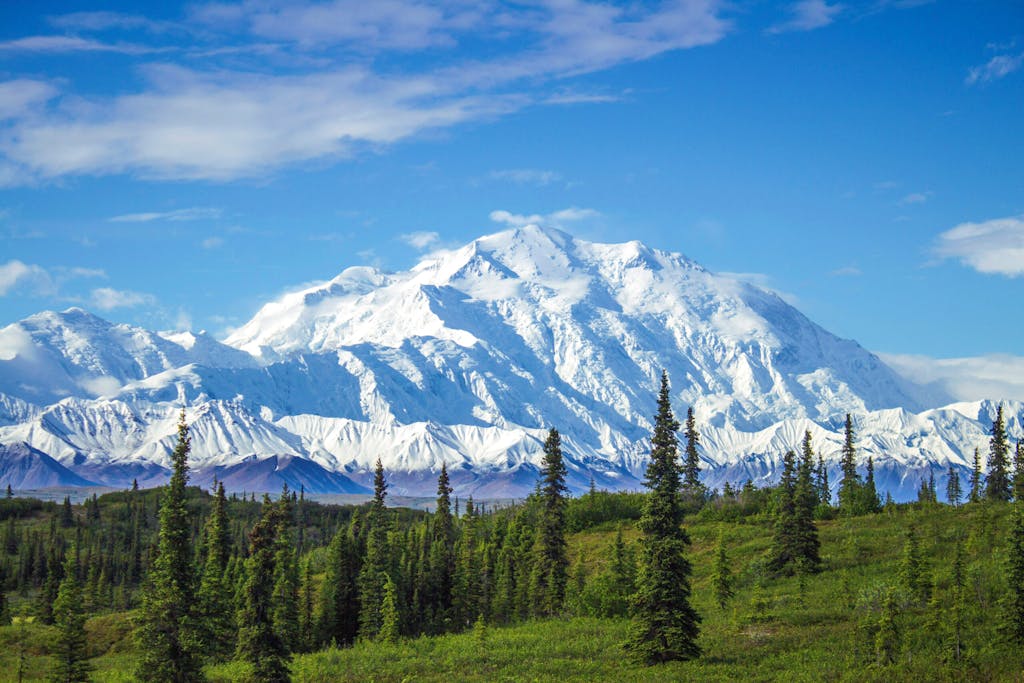
Denali National Park and Preserve is 6 million acres; one Denali Park ranger calls it a “life-changing experience”. At 20,320 feet, the mountain of the same name is the tallest peak in North America and is famous as a training ground for Everest expeditions.
Because its base is at 2,000 feet, the remaining 18,000 feet or so make it the biggest visible mountain on Earth. Only 14,000 feet of Mt. Everest are visible.
But will I be able to see Denali?
Denali’s prominence and proximity to the North Pacific means it makes its own weather, and it is often shrouded in clouds. The National Park Service estimates a third of visitors see the mountain.
The best places to try to see it are from Anchorage, Fairbanks, Talkeetna and many spots along the Alaska Railroad route between Anchorage and Fairbanks. Ironically, from the tourist town at the park entrance (called “Denali Park” on maps) the mountain is obscured by low ridges, and visitors must travel into the park about 15 miles to reach the first viewpoint.
Can I see the Northern Lights?
Yes. Alaska’s Northern Lights, or aurora borealis, can be seen usually from August to April; March is a prime month.
Why is Alaska so scenic?
Even lifelong Alaskans overlook the fact that billboards are outlawed in the Great Land, which is why all those snowy peaks, misty forests, sapphire inlets, and burgeoning rivers are on full view all the time from every angle.
Is it really light at midnight?
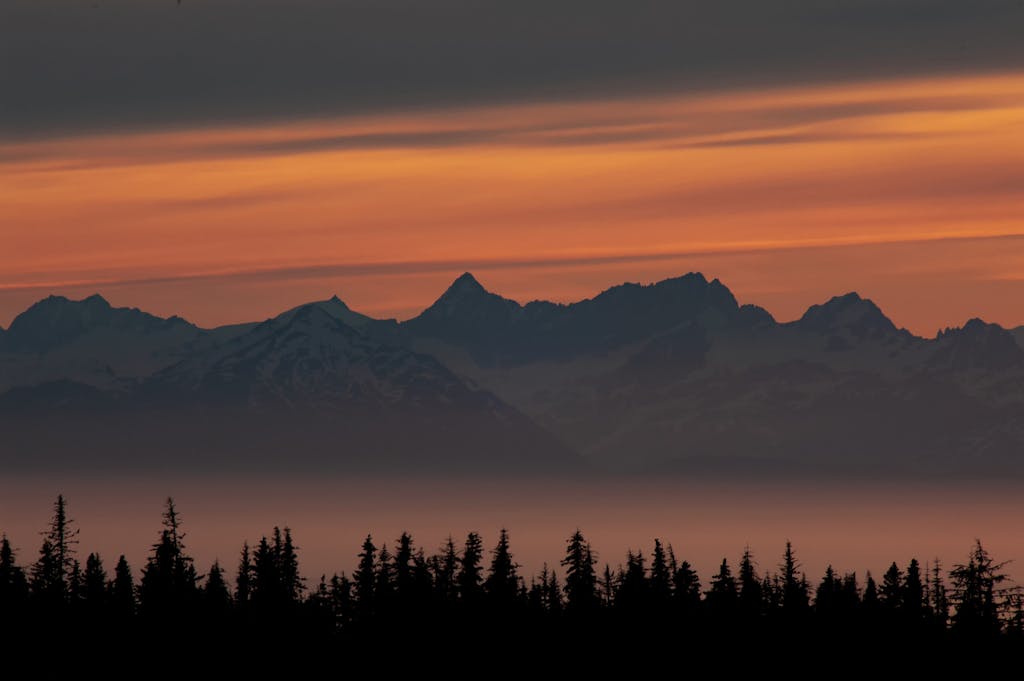
At midsummer, from Anchorage north, there is no real night-time dark. Fairbanks not only has midnight baseball (the famous summer solstice Midnight Sun Game starts at 10:30 p.m., and no lights are needed), residents like to make a point of teeing off at a golf course around 11 p.m. to play midnight golf.
This may seem enchanting to most visitors, but some find it difficult to sleep. Check out our guide to sleeping when the sun is up. Alaska home stores offer elaborate drapes to block out the night-time light. A popular do-it-yourself remedy is aluminum foil, taped to the windows. Silversea suites have curtains designed to fully block the midnight sun.
Is this really the last frontier?
“First Frontier” would be a more accurate nickname. Humans arrived in the Western Hemisphere, most anthropologists agree, by crossing over from Siberia to Alaska, in multiple waves that may date as far back as 30,000 years or more. Some people came overland, across the Bering land bridge north of Nome; many others came by boat.
What to do in Alaska
In a word (but not the only word): wildlife. At sea and on land.
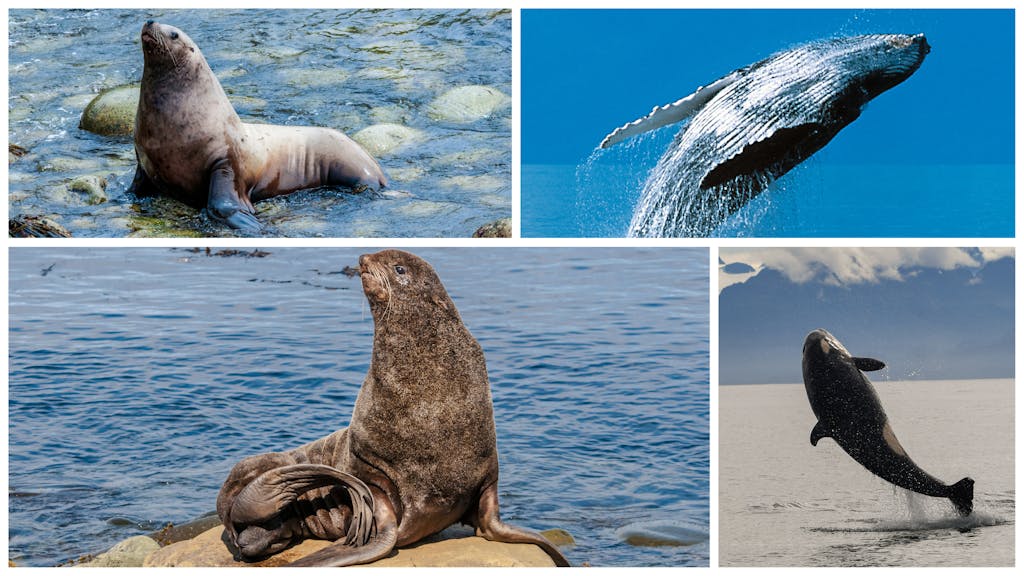
The state’s memorable wild animals are the most-sought sights for most visitors. Among the water creatures: orcas, killer whales, and humpbacks, which are regular show-offs and breach often.

On land, massive coastal Alaskan brown bears, the largest on Earth; moose, caribou and muskox, which are majestic herbivores; and wolves, among others.
And, of course, the magnificent bald eagle. In the mid-1960s, as few as 1,000 bald eagles remained in the U.S. Today, after massive conservation efforts and a ban on DDT pesticides, naturalists estimate there are about 300,000 in every state but Hawaii. Alaska has more than any other state.
All these wonderful creatures are just the start of the list of possible wildlife sightings in Alaska. It’s difficult to visit Alaska and not see quite a few of the animals above, especially when you take advantage of Silversea’s curated shore excursions run by wildlife experts.
Also, discover the 5 remote cruise ports in Alaska worth exploring.
What’s the best way to see wildlife?

Go outside. Do stuff. That may sound simplistic, but it’s the truth. Wild animals are everywhere in the Great Land (caribou outnumber people, for instance) and are a part of everyday life. Moose are regularly seen in Anchorage; bears visit most Alaska cities; eagles fly the Alaska skies; and whales sometimes seem to outnumber boats.
The best way to experience all this is just to go out there: kayaking, hiking in Alaska, biking, fishing, and of course trekking through the rainforests, on the glaciers and along the rivers and lakes. You can do all those things, and more, on Silversea journeys.
Are moose and bears dangerous?

They can be. They are huge animals accurately described as “testy.” Keep your distance, and they’ll keep theirs. No, their calves and cubs are not cute and cuddly. If you are determined to come home with close-up pictures, bring very long-range lenses with your photo gear.
What’s the joke about moose?
Question: Where do moose go in Alaska? Answer: Anywhere they want.
What about Alaska’s three kinds of bears?
Black, brown, and polar. Alaska is one of just two places on the planet to see the three northern latitude ursids, and you can see all three in one trip if you are lucky, determined and select the right excursions and shore extensions well ahead of time.
Black bears can be seen in Southeast Alaska near ports of call such as Wrangell and Ketchikan. Brown bears are ubiquitous anywhere along the coast all the way to Nome, especially in Kodiak and (as grizzlies) in Denali National Park. Polar bears can only be seen along the Arctic coast, in Utqiagvik or Kaktovik or, sometimes, near Bethel.
What are the Big Five?
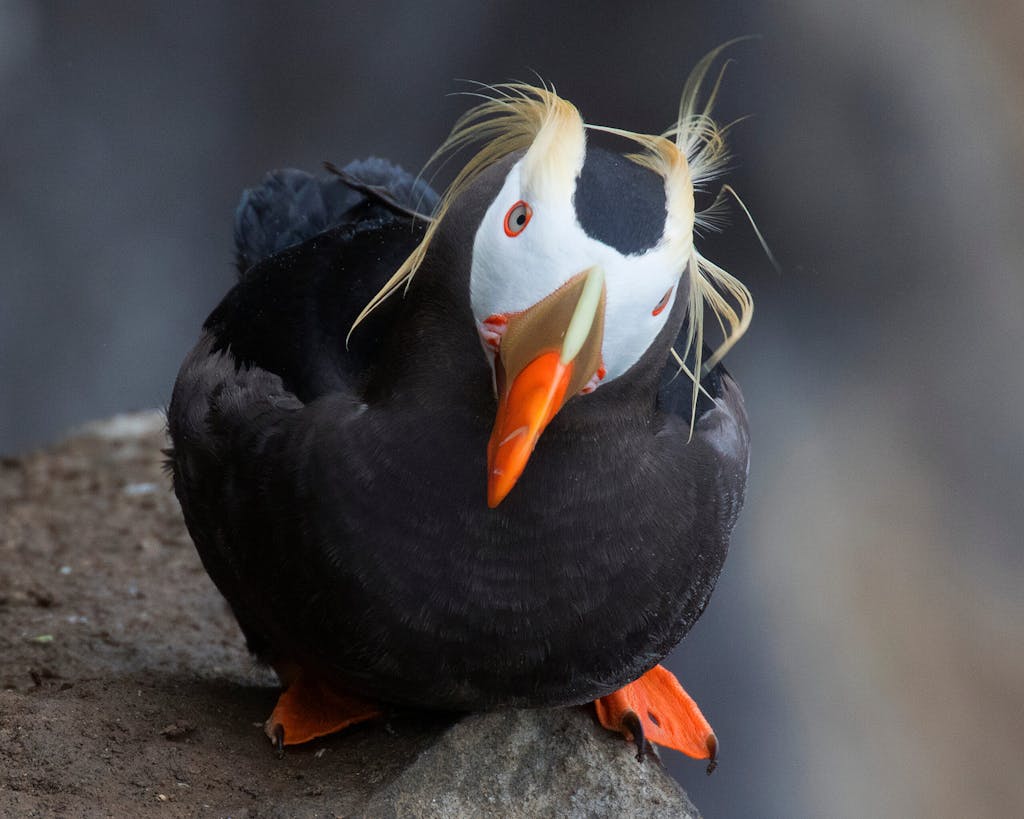
It’s almost impossible to visit Alaska and not see wildlife… Well, it is impossible. But it’s thoughtless and counter-productive to hitch your dreams for an Alaska trip to a mercenary need to cross specific animals off your list. Nature is not here for human entertainment, and wildlife watching is not a spreadsheet sport. Again, we promise: You will enjoy many memorable wildlife sightings. In the whole world, only Africa offers a comparable experience.
So let’s offer a 21st-century Big Five list of Alaska wildlife sights: banana slugs; tufted puffins; harbor seals; lion’s mane jellyfish; and the ultimate Alaskan animal, the raven, revered by indigenous peoples as the “trickster.”
Besides sightseeing, what else can I do in Alaska?
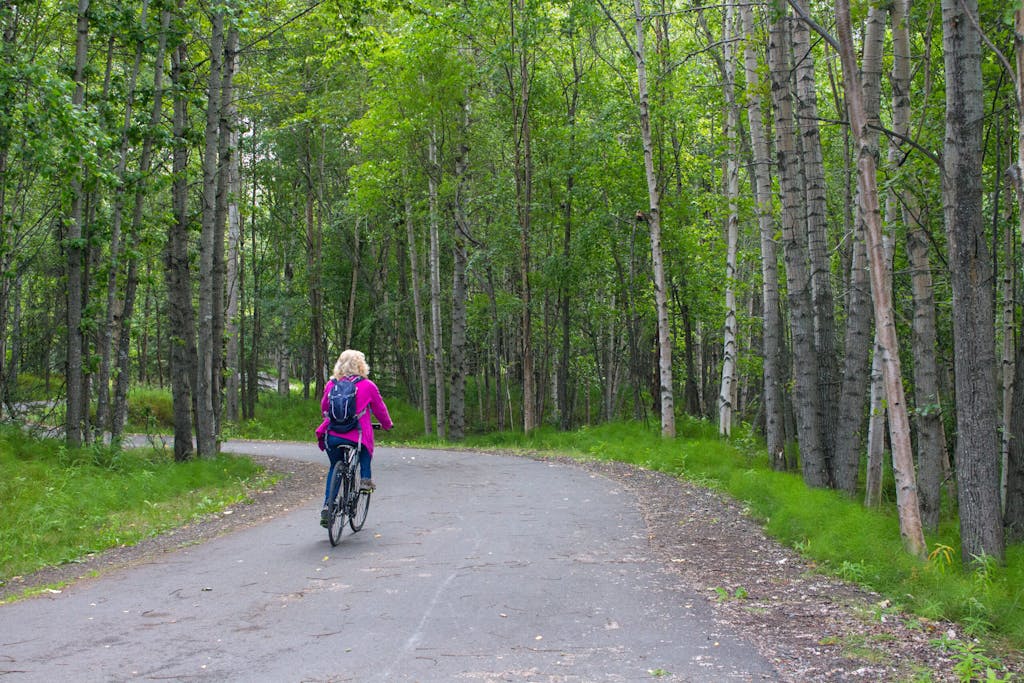
You can go snorkeling in Ketchikan—yes, really, wrapped in dry suits, floating above sea urchins, sea cucumbers, anemones, juvenile salmon and more.
Anchorage has one of the best urban bike trails in North America. Seward is a center for salmon fishing charters. You can float through downtown Fairbanks while paddleboarding the Chena River.
You can sing along with the Tlingit chant while watching their ancient version of the Romeo & Juliet story. You can catch your own fish, learn to forage wild foods, try your hand at carving cedar and learn to string beads Athabaskan style.
Can I pan for gold?
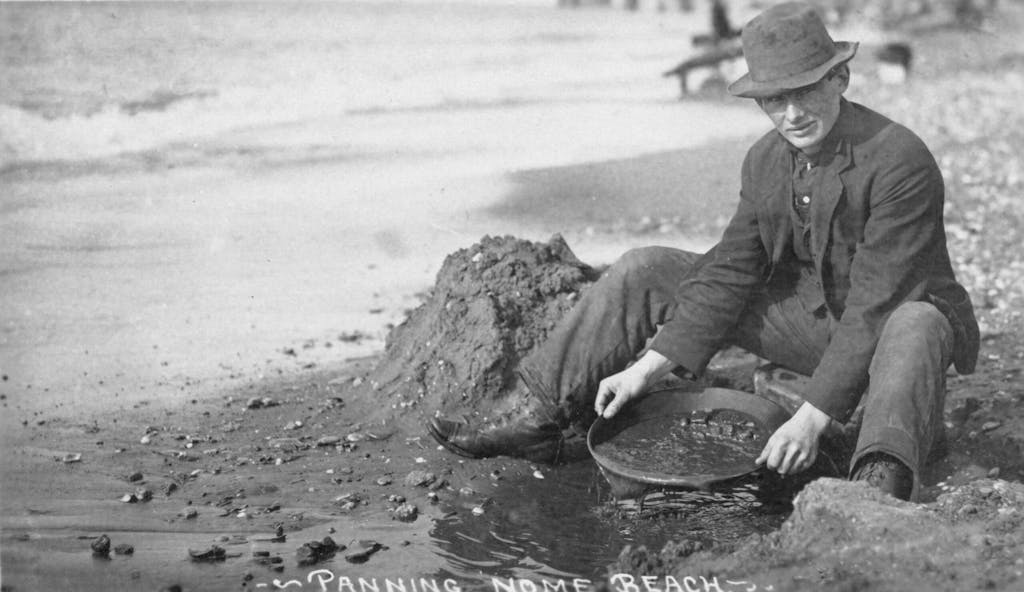
Gold panning attractions in Juneau, Ketchikan, Anchorage and Fairbanks all provide visitors a pan, rudimentary instruction along with history and humor, and a sack of so-called pay-dirt. Most of these venues “salt” the dirt with gold flecks — generations of Fairbanks teenagers have done this as a summer job — and most will provide a joke or two in response if you ask.
Crow Creek Gold Mine south of Anchorage provides visitors with equipment and access to a still-viable mining claim along its namesake creek. Pull up a chair, fill your pan with creek gravel, give it a swirl and see what you get.
How to see the glaciers
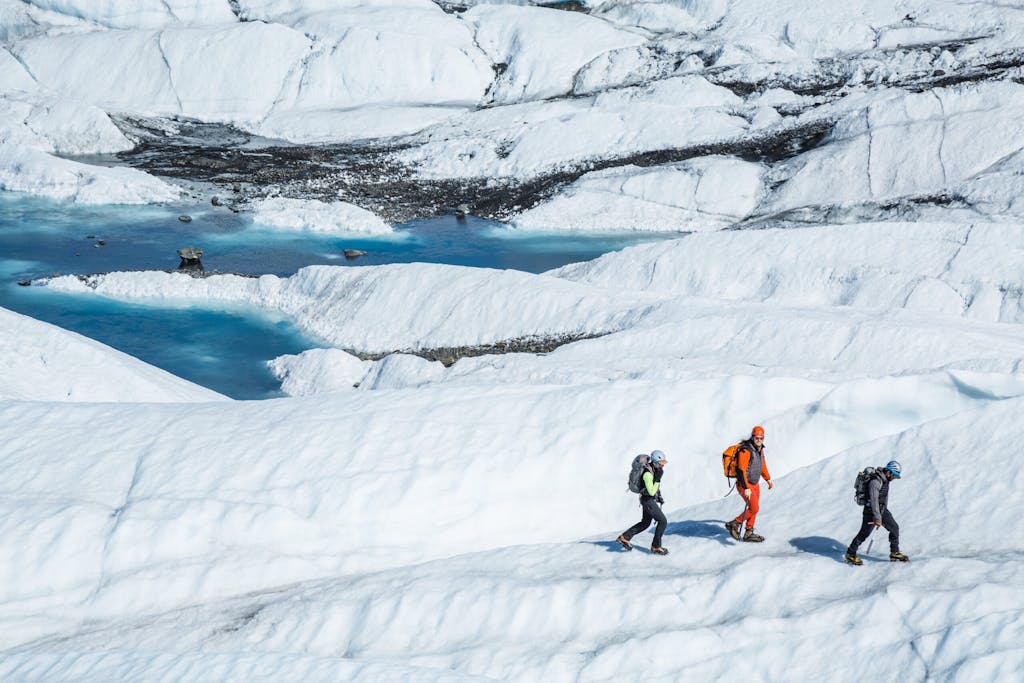
No place on this planet is like the surface of a glacier, as close as most people will ever get to an alien landscape. The sights, sounds, scents and textures of the ice have no parallel in daily human life, and most tours include drinking fresh meltwater, listening to the glacier creak, sigh and groan (really), poking your head into an ice cave, peering into crevasses hundreds of feet deep, and grabbing the opportunity to accomplish something unbelievable to most (see below under ‘swimming’).
Alaska glacier tours provide safety guidance and sometimes equipment, and it’s really no more difficult than any other moderate wilderness excursion. The views like the ones in the video below are incomparable.
Watch our video about the beauty of Alaska’s Hubbard Glacier:
By the way, a sightseeing flight over glaciers is a fine way to see them — but not to experience them.
OK, how about swimming?

Yes, people swim in Alaska. Remember that temperamental weather? Sometimes it is quite warm, and not just in the Interior. There’s a popular saltwater swim site in Juneau (Sandy Beach, also known as Savikko Park); several fairly warm lakes around Fairbanks; various other sloughs, ponds and rivers where locals take a dip when the weather’s warm.
In Europe this activity is called “wild swimming,” and Alaskans have been doing it for thousands of years.
Do people really make a point of having a dip in the Arctic Ocean? Yes, they do. That way they can claim they may be able to claim they have in all the world’s oceans… something that, if it seems important to you, can be accomplished on Silversea journeys.
Last, but not least, are the notorious “blue pools” on Alaska glaciers. These are pockets of ice-melt water, intensely blue in color and wickedly cold, that daring trekkers (and their guides, when challenged) plunge into for 7 seconds, hauling out immediately while family members document the occasion. Do this and you will win bar bets for the rest of your life.
Enjoy Alaskan food
What to eat in Alaska? The answer always includes seafood, and the quality and variety are peerless. Salmon, halibut and crab are the mainstays, but there is so much more, and Silversea chefs take advantage of the opportunity to provide guests with a broad introduction to fresh North Pacific seafood.
Make this Alaskan salmon recipe at home.
What’s the best salmon?

This is a sure way to start a testy debate in any Alaska bar. There are five kinds of Pacific salmon, all with at least two names: king (Chinook); sockeye (red); silver (coho); pink (humpy); and chum (aka dog salmon, because it was traditionally used for sled dog food).
Most Alaskans vote for king or sockeye salmon; more radical fanciers include silver. Pink is fine if it’s very fresh and cooked expertly. Chum is widely used for smoked salmon. Salmon should not be overcooked, lest it be dry and leathery; if you strongly prefer fully cooked fish, halibut is a better choice.
Because you are in Alaska, where these fish are part of a vast, thriving industry, one should never accept frozen fish; there’s simply no need. Bristol Bay is the home of the world’s largest, and last, healthy salmon fishery — in 2022, record runs brought 79 million sockeyes to the region.
Seeing the salmon run in Alaska is an excellent reminder of nature’s ecosystem. It begins as early as April and may continue into fall.
Fierce arguments also flourish over which area produces the finest salmon. Is it the famous Copper River? Or the Taku, near Juneau? Perhaps Bristol Bay. The only sensible answer is this: Try all of them.
Is there more than salmon and crab to eat?
Keep an eye out for scallops, oysters, rockfish, sablefish (black cod), spot prawns and side stripe shrimp, octopus and squid. Exotic foods, rarely encountered, include herring roe, salmon roe (ikura), jellyfish, sea cucumbers, mackerel and more. King crab is ubiquitous and, until recently, so was snow, although scientists, pointing to climate change, say billions have disappeared in recent times. Many Alaskans prefer Dungeness.
What about other Alaska foods?

Spruce tips lend a spicy, lemony taste to sodas, ice cream, salt and more. Alaska’s wild berries — blueberries, salmonberries, raspberries, huckleberries, two kinds of cranberries — are beloved by residents who gather bucketsful each summer.
Beach greens are found in their namesake environment and lend weight to salads. Seaweed and kelp are both flavorful and healthy. Rarest of all is the legendary, semi-mythical nagoonberry, patches of which coastal residents guard knowledge like sorcery. If you somehow encounter this (in ice cream, maybe) treasure the experience.
The history of Alaska
Alaska became the 49th state on Jan. 3, 1959, and this addition increased the size of the U.S. by one-fifth.
It had a rich history, of course, well before Vitus Bering, a Dane, arrived in 1741. Native tribes included the Tlingit, Haida, Aleuts and Inuit, among others. Russians began to colonize as early as the 1784, drawn by the rich opportunities to hunt fur-bearing animals. Eighty-three years later, Russia was having financial problems and sold Alaska to the U.S.. The population began to grow with the discovery of gold as early as 1861. The rush was over by the turn of the century, some having made a small fortune and others having made the trip to the north for nothing. The land became a U.S. Territory in 1912.
World War II came to Alaska in 1942, when Japanese troops invaded the Aleutians, including Kiska, Agattu and Attu islands and bombed Dutch Harbor in Unalaska. U.S. forces ousted them by August 1943.
On a roll? Discover the cruises to Alaska Silversea offers for the adventure of a lifetime.
